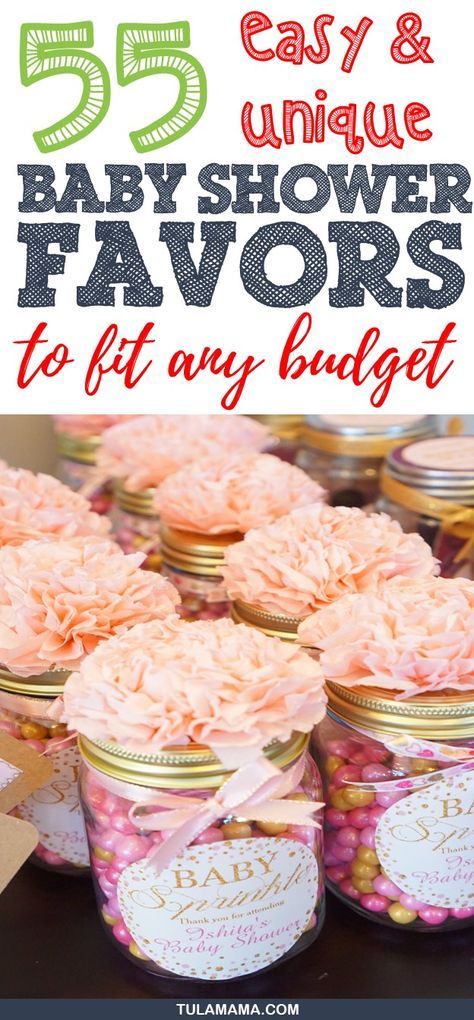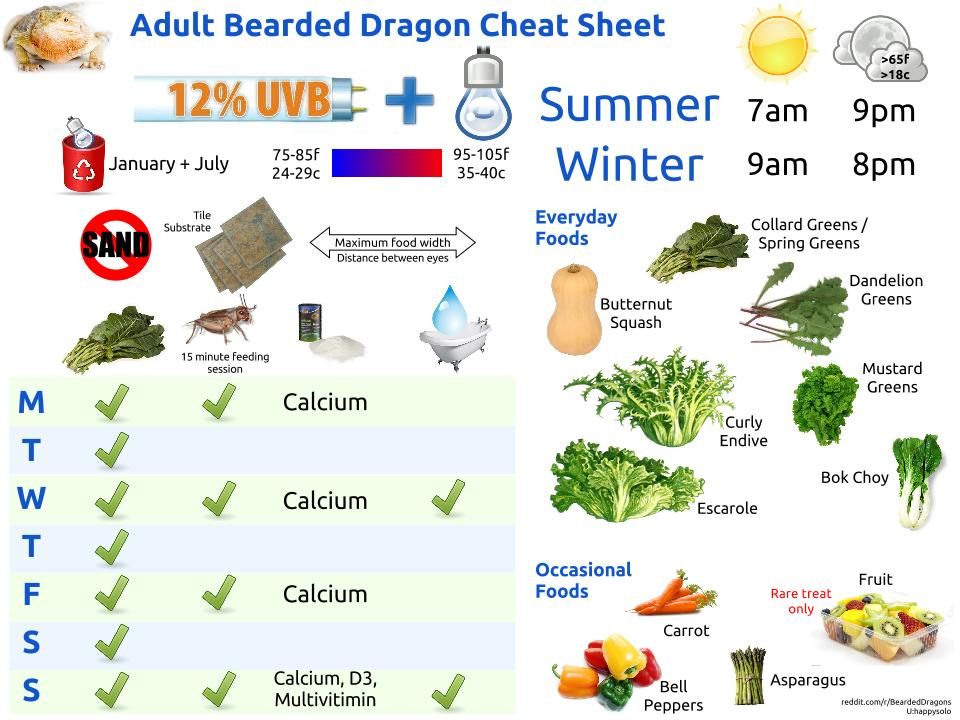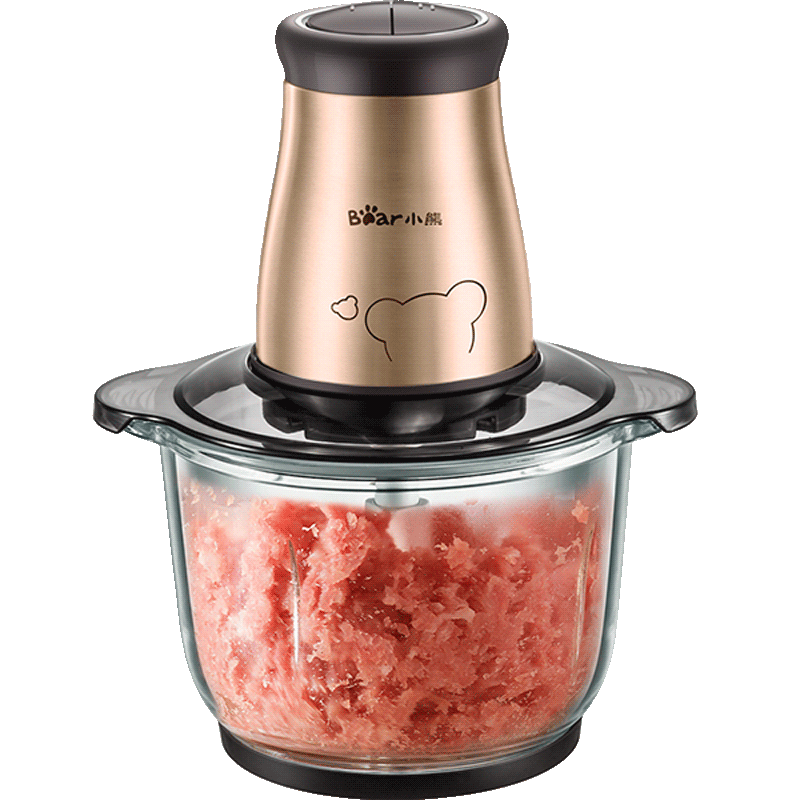Why do babies throw food
How to stop your baby from throwing food off the high chair
Photo: iStockphoto
The first few times your baby grabs food off her high-chair tray and throws it on the floor, you laugh, pick it up, smile and say in your gentlest voice, "No throwing, honey." You might even snap a picture because it’s so adorable. But when the cuteness wears off, and food throwing becomes a game—one where you're the loser—it can become frustrating (the mess!) and worrisome (there's more food on the floor and wall than in your baby’s mouth!).
Food throwing is a popular topic in my nutrition counselling practice; most parents deal with it at some point with their little ones. I always reassure my clients that it’s normal—most kids go through a food throwing phase in their early years. Mine sure did. Just the other day, I lunged towards our highchair to catch a full bowl of uneaten spaghetti from my one-year-old’s hands (I was unsuccessful) while simultaneously exclaiming, “Nooooooo!”. So I definitely understand the frustration.
In many cases, food throwing is a result of learning how to control and coordinate food, and developing fine motor skills. In fact, in babies ages six to eight months, food throwing is rarely intentional. For older babies (nine to 12 months), it becomes an exercise in learning cause-and-effect. What will happen if I throw this bowl full of oatmeal? Will it make a noise? Where will it go? Will it come back? Fast-forward to toddlerhood, and food throwing becomes an intentional attempt to trigger a reaction—positive or negative—and can easily turn into a power struggle, creating stress at mealtimes for everyone.
Here are five tips to stop food throwing, and keep family meals positive (and as mess-free as possible!):
1. Don’t react
Babies and toddlers are natural attention seekers who thrive off a reaction. To avoid encouraging the behaviour, do your best to stay calm and neutral. Pick up the food (but don’t return it to the tray or table) and say something like “Food belongs on the tray” or “Food stays on the table. ”
”
Be consistent with the phrase you use, and be sure to use one that indicates what you do want to happen, as opposed to a phrase like, “We don’t throw food,” which indicates what you don’t want to happen. By not returning food to the tray, you’re teaching your baby that once it’s thrown, it’s gone—they learn quickly!
2. Get the whole family on board
Talk to older siblings about why it’s important not to react to food throwing. As a mom of three, I know that my two older kids are often tempted to egg on my youngest when he throws food. It becomes their mealtime entertainment! But this attention fuels the food-throwing fire and usually intensifies it. Make a family plan to stay really calm and not react when the young one throws food. Make it a challenge to see who can be the calmest.
3. Consider ditching the tray
When older babies are learning about gravity and can see over the edge of a tray, it makes the food throwing game more enticing . The fact is, watching the dog scarfing down a piece of meat or the marinara sauce splattering all over the floor is fun! Consider removing the tray, and pushing the highchair up to the table so it’s harder to see the floor. Your baby will now be focused more on his food and interacting with other family members, which is less isolating and includes them more in the family meal. Bonus: It also offers more opportunity to model healthy eating.
The fact is, watching the dog scarfing down a piece of meat or the marinara sauce splattering all over the floor is fun! Consider removing the tray, and pushing the highchair up to the table so it’s harder to see the floor. Your baby will now be focused more on his food and interacting with other family members, which is less isolating and includes them more in the family meal. Bonus: It also offers more opportunity to model healthy eating.
4. Put the dog outside
When you’re a baby, what’s more fun than throwing food and watching the dog gobble it up and beg for more? If you can, let the dog out during mealtimes (or even just remove him from the kitchen) when you have little ones in the food-throwing stage.
5. Take it as a sign
Flinging food might very well be your baby’s last-resort effort to tell you “I’m full!” It’s easy to have a feeding agenda—you serve an amount of food that you believe is right for your baby, so you expect (and in some cases pressure) your child to eat it. When he turns his head, tightens his lips or pushes food away, it’s a sign that he’s full, and you need to respect that, and let your child determine how much he will eat at each meal and snack. Too often, well-meaning parents don’t recognize these signs, or choose to ignore them, by pushing food closer to their baby or following the baby’s mouth with a spoon, because they want to make sure that their baby receives enough nutrition.
When he turns his head, tightens his lips or pushes food away, it’s a sign that he’s full, and you need to respect that, and let your child determine how much he will eat at each meal and snack. Too often, well-meaning parents don’t recognize these signs, or choose to ignore them, by pushing food closer to their baby or following the baby’s mouth with a spoon, because they want to make sure that their baby receives enough nutrition.
Babies are born intuitive eaters—they know how much they need and when to stop, so we need to trust this and not pressure them to eat more. By offering five to six eating opportunities daily (meals and snacks), with lots of variety, we can rest assured that our little ones will meet their nutrition needs over the period of a week. Serve portions that aren’t large or overwhelming (this in itself can trigger food-throwing), offer more if your child indicates so, and take the pressure off. This will make for a much more pleasant eating experience, and nurtures your child’s natural ability to eat intuitively.
If you can weather the food-throwing storm, stay calm and focus on teaching your baby or toddler what you want them to do (keep food on the tray or table), it will pass and mealtimes will remain positive and low-stress. And you can invite the dog back in post-meal for clean up!
This article was originally published on May 26, 2019
6 Easy Tips to Stop a Baby or Toddler Throwing Food at Meals!
Need help with your baby or toddler throwing food on the floor during meals? Get these easy strategies you can start using today from a mom and feeding therapist that’s been there.
I’ve been pushed over the edge during countless meals because another piece of food, a whole plate of dinner, or a straw cup filled with milk, soared through the air to splatter all over the floor at the hands of my baby or toddler.
It absolutely grated on my nerves some nights, but because I had worked with hundreds of eating babies and toddlers, I knew all too well that it was actually quite normal.
Even knowing that truth might not help your patience, there’s more to understand about the toddler throwing food at every. single. meal. And, more importantly, there are some tips you can start using today to actually teach your baby or toddler to at least decrease how often and how much food they’re whipping across the room, if not stop it all together!
Why Babies and Toddlers Throw Food on the Floor
Throwing food is totally normal for children between 8 and 18 months old. This happens for a variety of reasons. I’m going to teach you a few of the most common, but know that there can be some overlap:
- They are learning cause and effect – Yes, it’s that simple. It’s fun for babies and toddlers to drop or throw food on the floor. They are actually learning that they can make something happen. It may be even more exciting if there’s a dog there to eat it up!
- Their way of communicating – Once they learn they can drop food, it isn’t long before they realize that they can throw food off their high chair because they don’t want to eat it.
 Babies and toddlers may be selective about foods simply because of how they look, meaning they aren’t too sure about the color of texture. Or, they may not know how to eat it, which is something we take for granted as adults.
Babies and toddlers may be selective about foods simply because of how they look, meaning they aren’t too sure about the color of texture. Or, they may not know how to eat it, which is something we take for granted as adults.
If you’re struggling with babies or toddlers that seem to be eating very little food, head to When Babies Won’t Eat Solids for more help.
- Their way of getting attention – It can be pretty motivating for a baby or toddler to get attention of any kind, even if it’s negative. And, if they’ve learned you’re going to give them a big reaction every time they’re throwing food, then it could inspire them to keep it up.
- They are afraid they’re going to be forced to eat it – It can be really tempting to force feed babies and toddlers, and for some kids, it may seem that there is no other way to get them to eat. The truth, though, is that it actually causes more issues around their ability to eat and their acceptance of foods.
 Some kids that have been force fed will throw any and all food the instant they see it as a defensive mechanism.
Some kids that have been force fed will throw any and all food the instant they see it as a defensive mechanism.
Learn more about why force feeding can be detrimental and how to stop it with my best picky eating tip.
Although I could still lose my patience when one of my toddlers was throwing food again, knowing these facts was helpful most nights in helping me keep my cool. My hope is that it helps you in the same way. Now, let’s get on to those tips…
Affiliate links used below. See our full disclosure.
6 Tips to Stop the Baby or Toddler Throwing Food
While a baby or toddler throwing food on the floor is typical, it can become a habit that’s hard to break well past the age that it should’ve stopped on its own. Not to mention the mental drain on moms and dads that occurs from the constant throwing and clean up. No matter what age your baby or toddler is, these tips will help your child learn to stop dropping or throwing their food from their highchair tray.
1. Give them less food – Babies and toddlers love to play with their food and when we serve them a big helping of table foods, it literally gives them that much more ammunition. Sometimes the reason they’re throwing their food is because it’s an overwhelming amount in front of them, but even if that’s not the case, giving them just a few pieces (meaning 1-3 at a time) on their tray will often decrease or eliminate the throwing of food all together.
2. Feed them with your 1:1 attention – As a busy parent, we’d often like to unload the dishwasher, clean the kitchen, or make a quick phone call while our babies and toddlers are busy eating, but you’ll be able to stop them from throwing much easier if you’re sitting down with them with your full attention. I’ll teach you how in the tips below!
3. Be calm, even if you’re not – Giving the illusion of calm will help your child learn that you are not phased by any food they throw. This is particularly powerful if your kiddo has gotten into the annoying habit because of the attention they receive while throwing their food. While you may have to fake your calm attitude initially, in the long run, it will help you to be more patient. This patience will set a valuable tone for mealtimes that allows your child to feel comfortable exploring new foods and eating until their belly is full!
This is particularly powerful if your kiddo has gotten into the annoying habit because of the attention they receive while throwing their food. While you may have to fake your calm attitude initially, in the long run, it will help you to be more patient. This patience will set a valuable tone for mealtimes that allows your child to feel comfortable exploring new foods and eating until their belly is full!
If the food hitting the floor totally sends you over the edge, consider laying down a mat like this one under the high chair for easy clean up… or get a dog!
4. Repeat a clear phrase – The scene may look something like this… Your toddler is sitting in their high chair, you’re sitting at the table next to them with your plate of food, plus a plate of food for them. You give them a few pieces of food with a smile on your face and they look at you with a smile on theirs as they pick up a piece of food in each hand and swiftly toss them to the ground.
At this point, I begin to use a simple phrase that I can repeat over and over again to teach them where the food does go. I’m careful not to turn into a negative by saying “No throwing food,” instead I want to be specific, clear, and positive with, “We keep food on the tray.”
I’m careful not to turn into a negative by saying “No throwing food,” instead I want to be specific, clear, and positive with, “We keep food on the tray.”
With the next couple of pieces I give my toddler, I’m watching like a hawk and ready to pounce, as soon as I see that little chubby hand begin to move. I’m ready to grab it firmly and say, “We keep food on the tray.” I may have to say this 10 times in a row, for multiple meals, but it will sink in. This tip can’t be completed without your full attention, and if you’re not calm, take a minute to breathe because we don’t want this to seem like punishment.
5. Teach them to put unwanted food into a special section on their high chair – If it’s obvious that your baby or toddler doesn’t like a food and that’s why they’re throwing it, show them that they can pile it into a corner of their tray or a separate compartment (usually for a drink) like many modern high chairs now have. This is a perfect next step to tip number 4.
Continuing with our example above, after you repeat the phrase you’re using (you can use mine or something similar), take their hand while your still grasping their hand or wrist and move it to where they can put their food and say, “You can put it here.” Help them to drop the food into the corner or a little section. Then, I’d follow up again with, “We keep food on the tray.”
Again, this will take a lot of practice and repetition for your young baby or toddler to learn, but it will happen.
6. Seat them at the table – There are a lot of booster seats available that you can use on top of a regular chair that are appropriate for an older baby or toddler. When you use one, with them strapped in but without the tray attached, you can push them right up to the table. In this case, you’ll probably want a place mat (we used one like this, the crumb tray is genius) to put their food on.
Being tucked into a table makes it harder for a baby or toddler to throw food onto the floor!
There are lots of benefits to your child being at the table with you for meals, and not on their own separate island, and while food hitting the floor will likely reduce, it’s still possible some will find it’s way there.
Take a deep breath and relax, you’ve got a game plan for your baby or toddler throwing food at the next meal! Know that this will pass in the coming months with your consistency and patience.
If you’re new to Your Kid’s Table get our free 9 Steps to Improve Your Kid’s Eating Cheat Sheet when you join our weekly newsletter. I’ll have some other surprise printables inside too!
Click to here to get your free copy
More Awesome Tips for Toddlers
The Essential One-Stop Guide for Easy Toddler Meals
How Much Milk Should A Toddler Drink?
The Greatest Toddler Breakfast Ideas, Easy + Healthy
How to Prevent Toddlers from Becoming Picky Eaters
Did you pin this?
Go on, stick it on your parenting board so you can find it again!
Alisha Grogan is a licensed occupational therapist and founder of Your Kid’s Table. She has over 15 years experience with expertise in sensory processing and feeding development in babies, toddlers, and children. Alisha also has 3 boys of her own at home. Learn more about her here.
Alisha also has 3 boys of her own at home. Learn more about her here.
8 tips on how to wean a child from throwing things, objects and food
What to do if a child has grown up to a crisis of 2 years, often loses his temper, "crazes", starts throwing things, objects and food. How to wean him from this habit? Read on UAUA.info.
Throwing things, objects, and food is a new and enjoyable skill for many children between the ages of 1.5 and 3. Unclenching the fingers and releasing the object requires fine motor skills of the fingers, as well as eye-hand coordination to not just drop the object, but throw it. No wonder your little one wants to practice this exciting skill! But your desire to wean your child from throwing things is also understandable.
Unbearable two-year-olds: what to do if a child at 2 years old does not obey and behaves badly
But you must remember that everything that happens after the throw is also very instructive. The child learns that everything he throws falls down, not up. He can't pronounce the word "gravity", but he can certainly watch it in action. If a child throws a ball, it bounces. If he tosses a plum, it breaks.
The child learns that everything he throws falls down, not up. He can't pronounce the word "gravity", but he can certainly watch it in action. If a child throws a ball, it bounces. If he tosses a plum, it breaks.
Of course, spaghetti flying around the kitchen or a pacifier that lands on the sidewalk will drive you crazy. But for a child, this is all pure pleasure.
child throws toys and objects what to do
the child freaks out and throws things
child throws objects
child throws things
child throws stones
wean a child from throwing things
child throws objects
child throws food
If a child does not throw a rock at a neighbor's window or aim directly at someone, threatening to bash their foreheads, they should not be scolded or punished. It is useless to try to get a child not to throw objects at that age. Instead of worrying about the action itself, limit your "throw" and "target" items.
Show your child what things or objects can be thrown
The child will quickly understand that throwing things, objects and food is impossible if many options are offered, what can and even needs to be thrown. The first is balls, of course. But other fun stuff too. For example, throwing pebbles into the river, a two-year-old will really like it, especially.
The first is balls, of course. But other fun stuff too. For example, throwing pebbles into the river, a two-year-old will really like it, especially.
The idea is to make it clear that you can throw things, but only certain things at certain times in certain places. If a child throws something inappropriate, say, a shoe, calmly pick up the object and say that you can’t throw shoes, but you can throw a ball.
Stop Aggressive Object Throwing
What to do when a child throws what is impossible? At first, try to ignore it. If a child understands that your attention can be obtained simply by throwing something at someone, he will definitely do it again and again.
If your toddler often throws things at other kids, it's important to stick to the same tactic, as kids learn through repetition. If the child starts throwing things, say sternly: “it’s impossible, it hurts so much” and take the child aside for a time out for a while to make it clear what “No” means and that you need to cool down.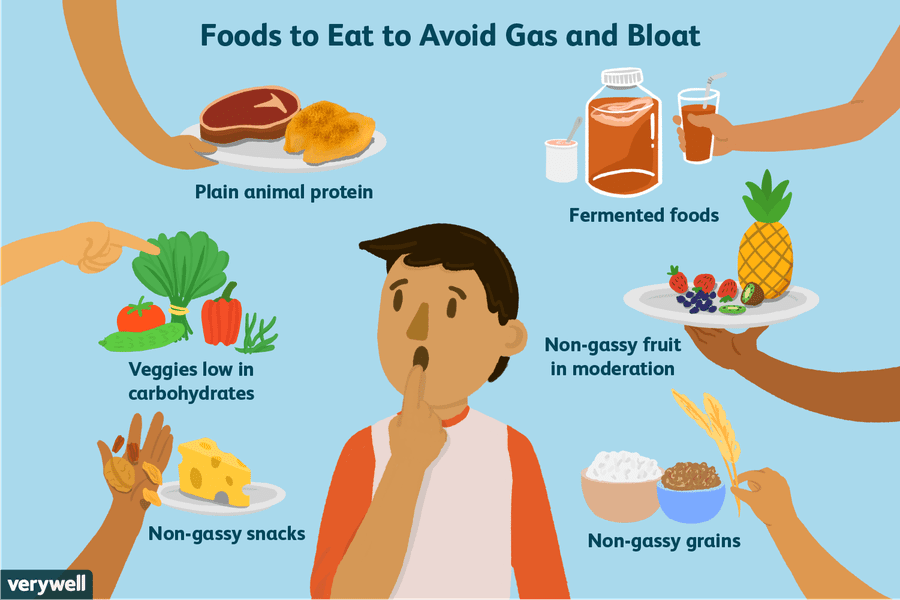
The main thing is that the timeout should last up to a minute (there is an unspoken rule, how many years - so many minutes) so that the child does not forget why he was stopped and torn away from what he was doing.
If you notice that the child begins to throw objects at other children because of anger, when he "crazes", explain that you need to express all your experiences in words.
It's okay if the child is judging by your tone or if you're upset by their behavior, but don't let the anger take over. Try not to yell at your child, and never hit him - even on the arm - to wean him from throwing things.
If the baby continues to rush and hurt further, and you have already tried in every possible way to wean him, you have no choice but to follow what falls into his hands.
Mom, I don't love you: what to do when a child is angry with parents
Attach toys to the rail in the stroller so that the child cannot throw them
If your child is in a stroller or in a child seat in a car, attach a few toys so that he can easily reach them (carefully tie toys with strings or elastic bands, without leaving long ends, for safety).
The child will quickly discover that in addition to throwing toys, they can also be pulled back to him. Double the fun for your little one - make the job easier for you.
Clean the room with your child
Do not ask your child to collect everything that he has scattered. For this age, this task is too difficult. Get on your knees and do all the work together quickly and together, saying “Let's see how fast we collect all the cubes” or “help me find yellow M&Ms”.
Set a good example for your child
Do not neglect such things as simply throwing a pillow on the sofa as an example for the baby. On such subjects, you can just teach the child what you can throw and what you can’t. The next time he throws something “off the list” again, walk around the house and together toss socks in the basket, tissues in the bin, and toys in the toy box.
Sit nearby while the child eats
This period is quite "dirty" in terms of food intake.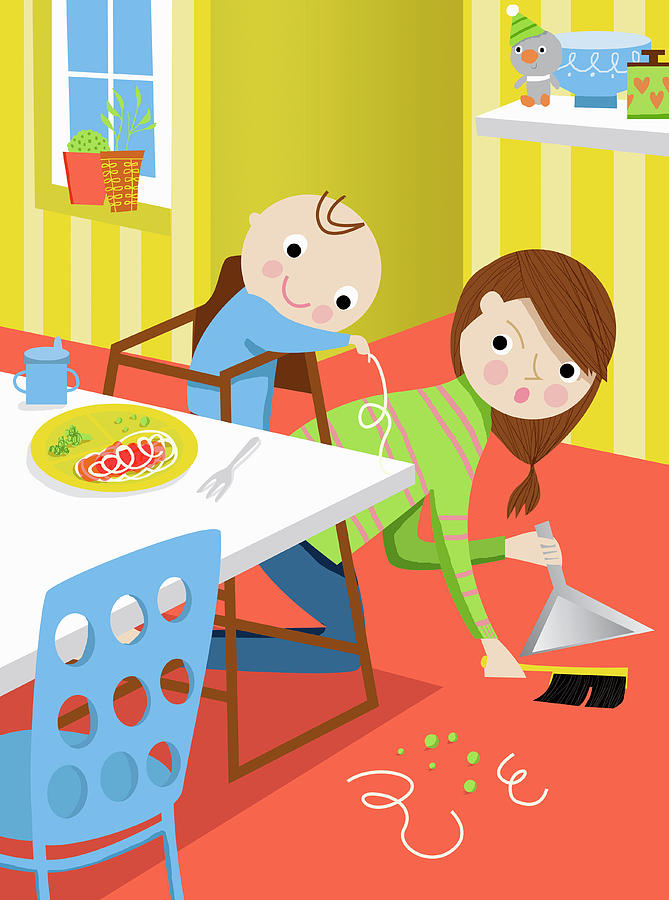 But to teach a child not to throw food, you can only sit next to him, and gently, but strictly let's understand that you should not do this every time the child swings at the throw. It is better to grab a hand or a plate in time than to crawl under the table later, collecting crumbs for dinner.
But to teach a child not to throw food, you can only sit next to him, and gently, but strictly let's understand that you should not do this every time the child swings at the throw. It is better to grab a hand or a plate in time than to crawl under the table later, collecting crumbs for dinner.
In addition, sitting next to you will make sure that the child chews food well, and not just swallows it in pieces.
If a child throws food, use children's safety utensils
Don't put your best china on the table when it's time for your baby to eat. Buy a set of unbreakable tableware for children with straws that can be attached to a table or high chair. Remember that this may save you from scattered dishes, but will not stop the child from trying to tear off the "stuck" plate or glass from the table.
If the child rushes to eat, feed him in small portions
If you put small portions in front of the baby and do not report the supplement until he finishes the contents of the plate, then he will be able to throw away less food.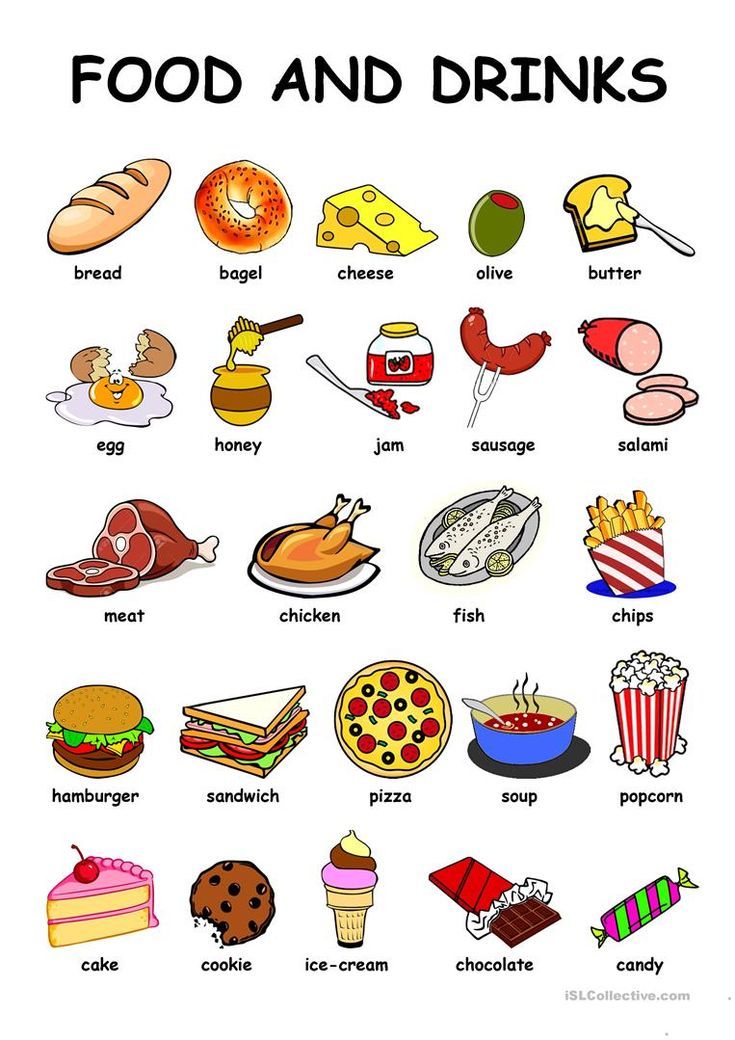
No need to force the child to finish eating everything to the end. Most children don't throw food until they're full and bored. Therefore, no matter how much the child has eaten, if you see that he has lost interest in food, take the plate from under his nose.
If, however, something is left in the child’s hands, by accident or on purpose, try not to overexert yourself because of this: we all drop something sometimes, so a piece of bread or cheese on the floor is not so scary.
Now you know what to do if the child behaves like a little pig. And How to wean a child from throwing things, objects or food.
Source: www.babycenter.com
Japanese education: how children are taught in families and kindergartens
- Category
-
- successful mom
- Publication date
5 characteristics of German mothers
Pamela Druckerman: You won't read about this in a French parenting book
Why a child throws everything on the floor: the root cause and consequences
Hello, dear readers!
In today's article, I want to discuss with you a vital topic, why does a child throw everything on the floor? And after all, without exception, all children do this, I decided to figure it out, because for some reason they do it.
In my example, I experienced such a period. I do not remember exactly what time it started, but it lasted a very, very long time.
Everything flew to the floor: clothes from the sofa, dishes from the table, and everything that could be thrown or thrown.
If you're lucky, everything ends up on the floor, and if you're less lucky, it will fly into you.
For someone this period comes earlier, for someone later, but it definitely comes. But not all parents feel the same way.
Well, all right, first things first:
At the age of one or so, it is different for everyone, children move on to the next stage of their development.
The little man learns how to quit, how to clench his fingers, which still do not obey him well. How to make the throw itself, when to unclench them - the most difficult work is going on, and the throw is practiced again and again.
They learn about the world by throwing objects, thus they study their properties.
You may have noticed that when throwing from a children's table, the child usually (but not always) carefully watches the fall.
How will a thrown toy behave: will it roll or stop immediately?, or will it jump?, what sound is made when it falls?, how will the spilled liquid flow?
And for some reason mother's reaction is always different, so mother immediately gave a toy, then not immediately and says something.
And the next time he doesn't want to give back at all, he just keeps talking and talking again. The child observes both you and your behavior.
He experiences a sea of emotions about this. And how will this fall, and how will that fall?
And so on ad infinitum until your baby grows up. Everything happens at a subconscious level, the child is not yet aware of the actions taken.
He becomes even more nervous if his studies are suddenly stopped by his father.
But of course, all this brings countless troubles to moms and dads.
Don't scold the young researcher, don't forget to explain why you shouldn't do it, because now mom will mop the floor, but she could play with you.
Talk, explain that you can't throw porridge - its place is in the plate, you can throw the ball and throw it not at the table, but in the nursery or on the street.
In general, it is possible to throw, but only certain objects, and in a certain place. The child will understand much better than you that you can’t throw this, but you can throw something else.
When the child is a little older, you can explain and show that you can throw things properly.
For example, dirty socks in the laundry basket; pillow on a sofa or chair; balls in the ring; used tetrapack in the trash can.
Teach your child to clean, the sooner you start to teach him to do this, the sooner he will learn to do it on his own.
Place less dishes in front of the child at the table when eating, so that he is less likely to throw something.
When my son did not walk on his own for about a year, but only holding on to the sofa, then inevitably all the toys from the sofa flew to the floor. Then I taught him to hold on to the sofa with one hand, and to bend down and pick up the thrown toy with the other.
Of course, at first he was surprised what kind of action his mother suggested, but after a day - another he even liked it and he began to do it himself. Sometimes it turned into a whole gymnastics: he would pick it up and immediately drop it again, and he could do this several times and was very pleased.
Alternatively, you can fix toys. For example, in a car seat or on a dining table, in a stroller.
Do not forget to praise if the child does not quit. Be patient and ready to say the same thing over and over again 100 and 200 times.
Only then will the child finally get used to it and in no case do not deviate from the ban, otherwise everything will have to start all over again. You can read more about how to forbid a child here.


